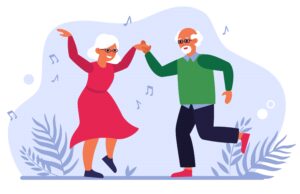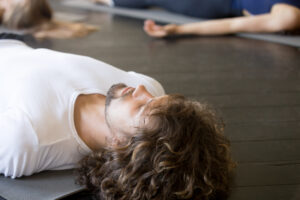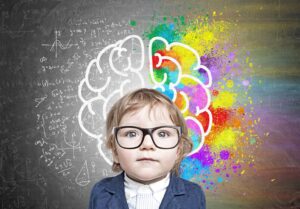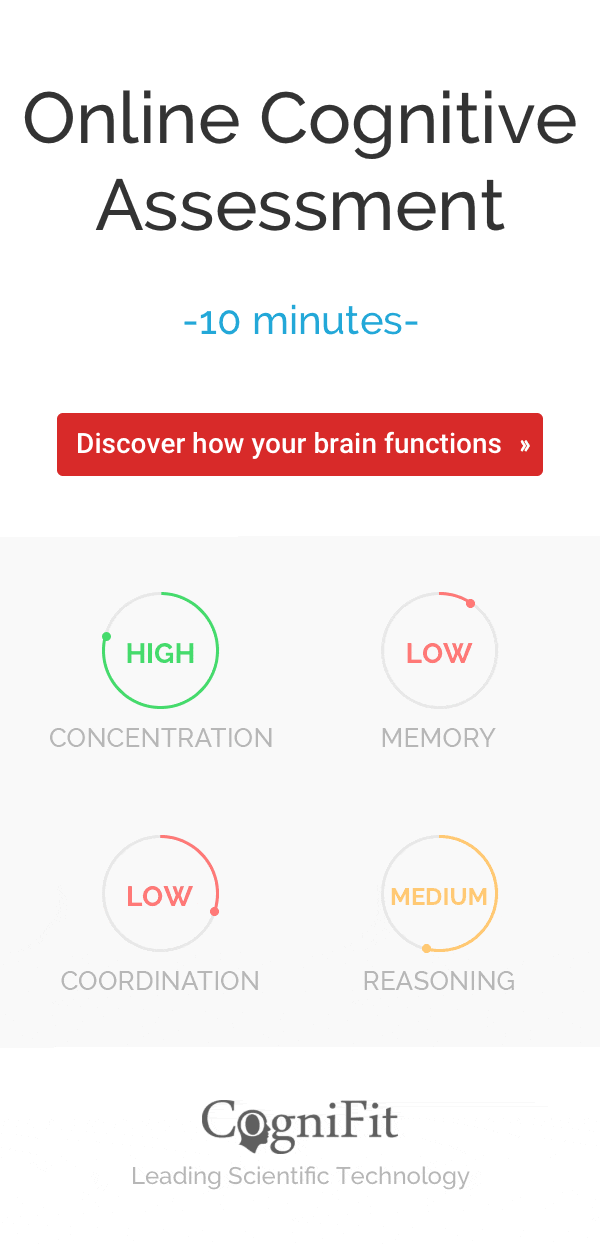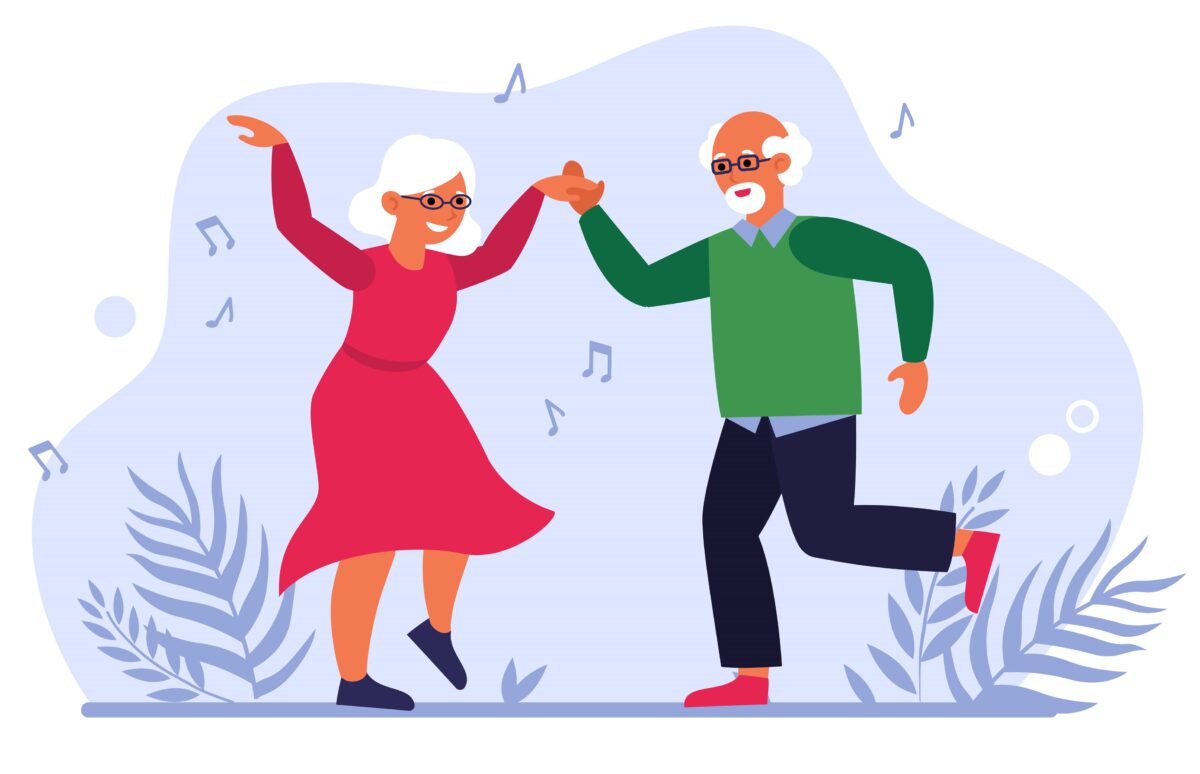
Dancing Boosts Mood and Reduces Depression in Parkinson’s Patients, Study Finds
A groundbreaking study by York University researchers has demonstrated that dancing significantly reduces depression in individuals with Parkinson’s disease, with benefits visible both in brain imaging and participant surveys. This innovative research, published in the Journal of Medical Internet Research, sheds light on how dance can improve quality of life for those battling the neurodegenerative condition.
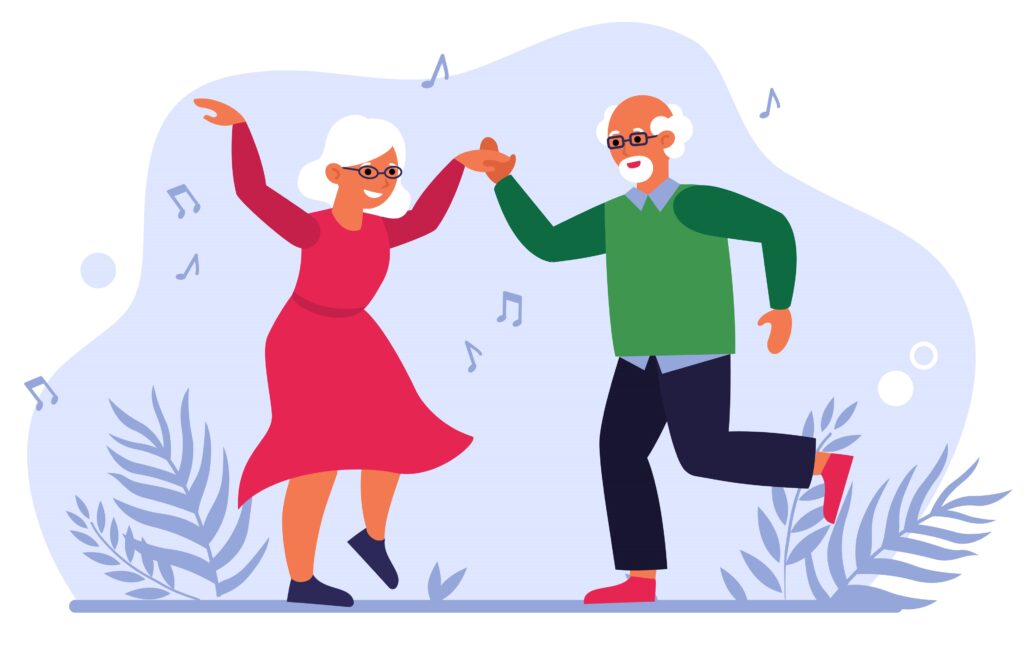
The Study: Methodology and Key Players
As Medical Xpress reports, the study was led by a team of researchers from York University in Canada, including Dr. Joseph DeSouza, associate professor at the Faculty of Health; Dr. Karolina Bearss, a professor at Algoma University; Dr. Rebecca Barnstaple, assistant professor at the University of Guelph; and Rachel Bar, director of research and health at Canada’s National Ballet School.
The researchers partnered with Canada’s National Ballet School’s Sharing Dance Parkinson’s program. This program provided the foundation for studying the therapeutic effects of dance. Over eight months, 23 participants diagnosed with Parkinson’s disease and 11 healthy controls (primarily family members or caregivers) participated in weekly dance sessions. These sessions were designed to progressively challenge participants’ physical and mental capacities, starting with simple movements like pliés and footwork and advancing to intricate choreographies such as interpretive dances and waltzes.
To measure the impact, researchers used multiple tools and techniques. They recorded depression levels using the Geriatric Depression Scale before and after each class and conducted regular MRI scans at York University to observe changes in brain activity. The focus was on the subcallosal cingulate gyrus (SCG), a brain region known to play a key role in depression.
Similar Studies
This research builds on previous studies led by the same team, which explored the benefits of dance for motor control, mood, and overall well-being in Parkinson’s patients. However, earlier studies relied primarily on participant-reported outcomes. The current study’s combination of self-reports with advanced imaging marks a significant methodological advancement.
Double Layer of Therapeutic Engagement
Dance uniquely engages the brain’s reward systems through music while simultaneously stimulating motor and sensory pathways. The dual activation is believed to create a powerful therapeutic effect. Importantly, this study’s innovative design allowed researchers to quantitatively confirm these effects, bridging the gap between subjective experiences and objective evidence.
Innovations in the Study
This research is the first to directly link improvements in depression scores with observable changes in brain function over time. While earlier studies suggested potential benefits, they lacked robust neuroimaging data to substantiate claims. By combining MRI imaging and mood assessments, the study provides a holistic understanding of how dance influences both the mind and body.
Another notable aspect is the inclusion of healthy controls, enabling researchers to compare the unique effects of dance on Parkinson’s patients versus individuals without the disease. This comparative approach provides deeper insights into how Parkinson’s affects emotional and cognitive systems and how dance mitigates these effects.
Key Findings: Dancing Away Depression
The study revealed several compelling outcomes:
- Reduced Depression Scores. After each dance class, participants reported lower depression levels, with cumulative improvements over eight months. This demonstrates the progressive and sustained impact of dance on mood. Example: A participant who initially scored high on the depression scale reported feeling significantly more positive by the study’s end.
- Changes in Brain Activity. MRI scans showed decreased blood oxygen level–dependent (BOLD) signals in the SCG, indicating healthier emotional regulation. This suggests that the SCG’s activity slows down in response to regular dancing, a positive sign for depression management.
- Improved Emotional Regulation. The frontal cortex region associated with emotional control showed enhanced activity, enabling participants to manage stress and negative emotions better.
- Enhanced Quality of Life. Beyond mood, participants reported better motor control, confidence, and social engagement, highlighting the comprehensive benefits of dance. Example: Caregivers noted that participants were more willing to socialize and take on daily tasks with newfound energy.
- Family and Caregiver Benefits. Healthy controls, mostly caregivers, also experienced mood improvements, suggesting the program’s benefits extend to families supporting Parkinson’s patients. Example: A caregiver who joined the classes reported feeling less stressed and more connected with their loved one.
Impact on Cognitive Abilities
The cognitive benefits of dance extend far beyond emotional well-being. By engaging in complex movements and coordinating these with music, participants challenge neural networks responsible for memory, attention, and problem-solving. The choreographed routines act as a form of brain training, enhancing cognitive shifting and neural plasticity — key factors for maintaining cognitive health in Parkinson’s patients.
Regular participation in dance may also slow the progression of cognitive decline associated with Parkinson’s disease. Studies suggest that physical activities combining mental and physical effort, like dance, stimulate neurogenesis and synaptic growth. Participants in this study exhibited improved focus and recall abilities, which translated into better performance in daily activities such as remembering appointments or managing tasks.
Beyond these individual benefits, the study highlights dance’s potential as a scalable cognitive intervention. Programs could be tailored to incorporate specific exercises targeting memory and executive function, making dance an effective tool for broader cognitive rehabilitation efforts.
Significance for Science, Medicine, and Society
Advancing Scientific Understanding
This research bridges a gap in understanding how lifestyle interventions can impact brain function in neurodegenerative diseases. It provides a model for studying other non-pharmacological therapies, potentially inspiring new avenues of research.
Medical Implications
While dance is not a cure for Parkinson’s, it offers a valuable complementary therapy. Medical professionals can integrate dance programs into treatment plans, providing patients with a non-invasive way to improve mental health and mobility. Moreover, the study supports a shift towards holistic approaches in managing chronic illnesses, emphasizing quality of life alongside traditional medical treatments.
Societal Benefits
Programs that integrate dance and movement promote inclusivity and community engagement. They empower patients and caregivers, addressing challenges associated with Parkinson’s disease and fostering a supportive environment. The ripple effects of these initiatives include improved social cohesion and greater public awareness of Parkinson’s challenges and solutions.
Conclusion: Moving Towards a Better Tomorrow
The York University study underscores the transformative power of dance for individuals with Parkinson’s disease. By reducing depression, enhancing brain function, and improving overall well-being, dance offers a beacon of hope for patients and their families. Its dual benefits—engaging both the mind and body—make it a unique and effective approach to managing Parkinson’s disease. According to Dr. DeSouza, the researchers are not attempting to cure Parkinson’s with dance but rather striving to help people achieve a better quality of life.


